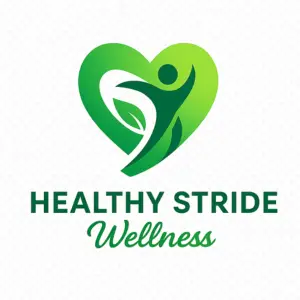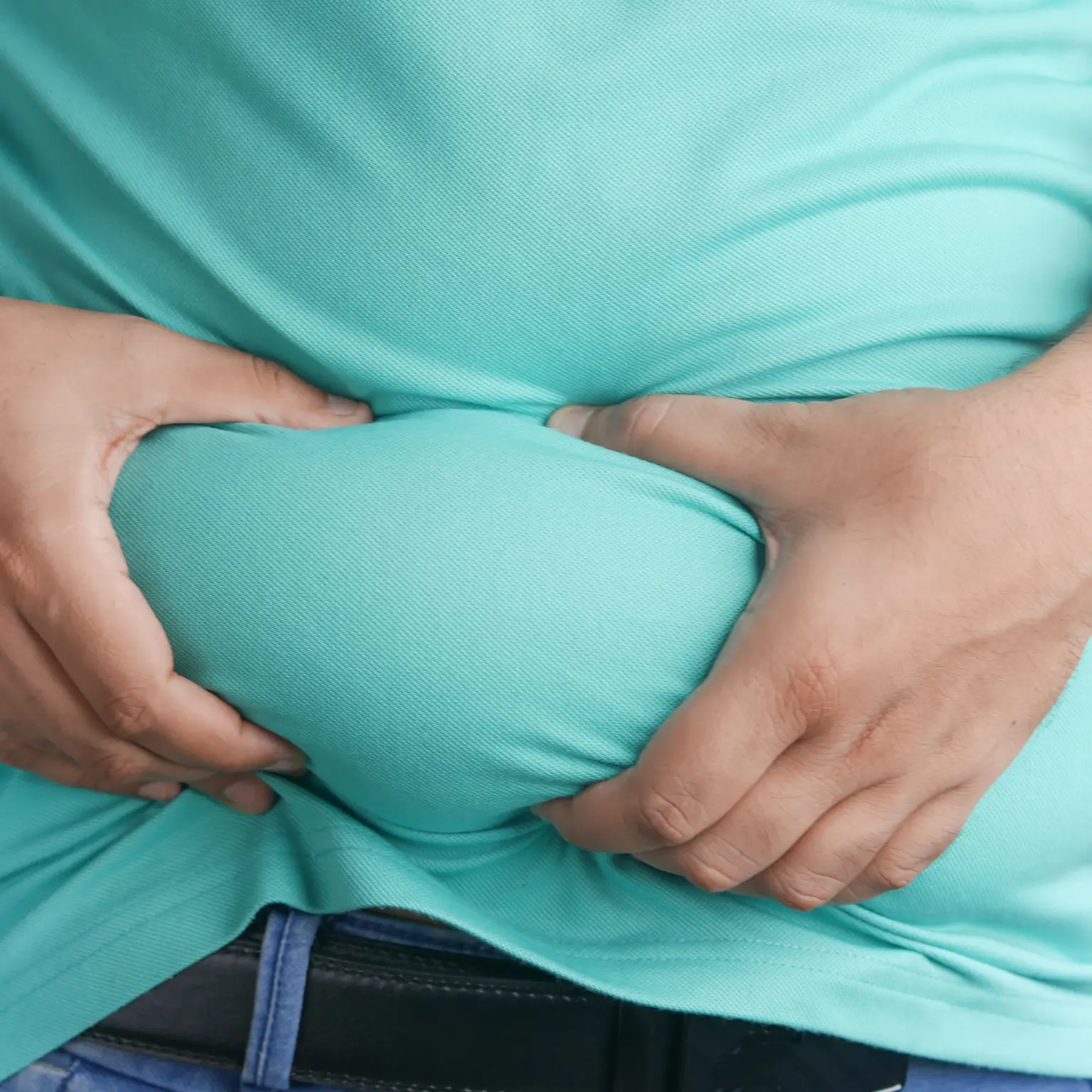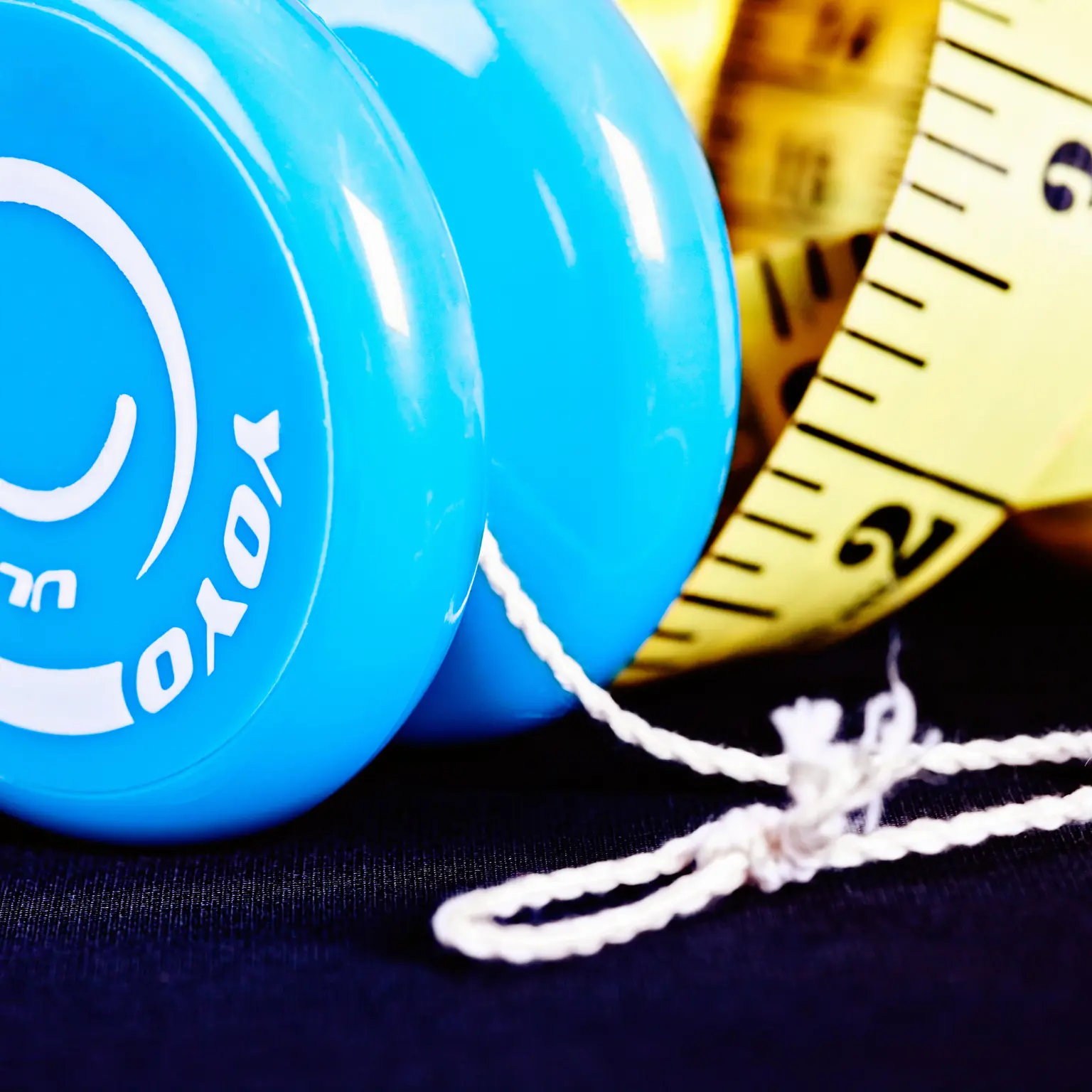Beginner-Friendly Weight Loss Workouts: Safe & Effective Routines

Starting a weight loss journey can feel overwhelming. Where do you begin? What exercises are safe? How do you know if you’re doing it right? If these questions sound familiar, you’re not alone. Many beginners struggle to find workouts that are both effective for weight loss and gentle on their bodies.
That’s where this guide comes in. We’ll walk you through the importance of exercise for weight loss, share fundamental principles for safe workouts, and provide you with a beginner-friendly workout routine that you can start today. Whether you’re brand new to exercise or just returning after a break, Healthy Stride Wellness has created this resource to help you make safe and effective strides toward your weight loss goals.
Table of Contents
Key Takeaways
- Why Exercise Matters: Discover how exercise boosts your metabolism, burns calories, and contributes to sustainable weight loss.
- Workout Basics: Learn the principles of safe and effective workouts, from starting slowly to prioritizing proper form.
- Your Workout Routine: We’ll provide you with a beginner-friendly workout plan that you can start today, complete with warm-up, cardio, strength training, and cool-down exercises.
Why Exercise is Essential for Weight Loss?
Exercise is a cornerstone of any successful weight loss journey. It’s not just about burning calories during your workout (though that’s important!). It’s also about the long-term changes it triggers in your body, making weight loss easier and more sustainable.
Here’s how exercise supports weight loss
- Increased Calorie Expenditure: When you exercise, your body uses energy (calories) to fuel your movements. The more intense the activity, the more calories you burn. This helps create a calorie deficit, which is essential for weight loss.
- Boosted Metabolism: Regular exercise, particularly strength training, builds lean muscle mass. Muscle tissue is more metabolically active than fat, meaning it burns more calories even when you’re at rest. This can make a significant difference in your overall calorie expenditure.
- Appetite Regulation: While some types of exercise can temporarily increase appetite, regular physical activity can also help regulate your hunger hormones, leading to more stable energy levels and fewer cravings.
Beyond Weight Loss
- Improved Cardiovascular Health: Regular exercise strengthens your heart and lungs, reducing the risk of heart disease and stroke.
- Stronger Bones: Weight-bearing exercises, like walking and strength training, help build and maintain bone density, lowering the risk of osteoporosis.
- Reduced Stress: Exercise is a natural stress reliever, boosting mood-enhancing endorphins and promoting relaxation.
Beginner-Friendly Weight Loss Workout Principles
Before we dive into specific exercises, let’s cover some essential principles to keep in mind when you’re starting your weight loss workout journey:
- Start Slow and Gradually Increase Intensity: It’s tempting to jump into a high-intensity workout, but as a beginner, it’s crucial to start slowly and gradually increase the duration and intensity of your exercise. This gives your body time to adapt, reduces the risk of injury, and helps you build a sustainable routine.
- Prioritize Proper Form: Focusing on proper form is more important than lifting heavy weights or doing a lot of reps. Incorrect forms can lead to injuries and reduce the effectiveness of your workouts. If you’re unsure about the proper form for an exercise, don’t hesitate to ask a certified trainer for guidance.
- Consistency is Key: Even short, regular workouts are more beneficial than sporadic intense sessions. Aim to exercise most days of the week, even if it’s just for 20-30 minutes. Consistency helps you build a habit, maintain motivation, and see steady progress over time.
- Incorporate Variety: Doing the same workouts repeatedly can lead to boredom and plateaus. To keep things interesting and challenge your body in different ways, incorporate variety into your routine. Try different types of cardio, strength training exercises, and even group fitness classes.
Remember: Weight loss is a marathon, not a sprint. Be patient with yourself, celebrate small victories, and don’t get discouraged by setbacks.
Beginner-Friendly Weight Loss Workout Routine
Here’s a sample workout routine you can start with. It combines cardio and strength training to maximize calorie burn and build muscle. Remember to consult your doctor before starting any new workout program.
Warm-up (5-10 minutes)
- Light Cardio
- March in place (1 minute)
- Jogging in place (1 minute)
- Jumping jacks (30 seconds)
- High knees (30 seconds)
- Dynamic Stretches
- Arm circles (forward and backward, 10 reps each)
- Leg swings (forward and backward, 10 reps each)
- Torso twists (10 reps on each side)
- Walking lunges (10 reps each leg)
Workout (20-30 minutes)
- Cardio: (Choose 2-3 options, 5-10 minutes each)
- Brisk walking: Aim for a pace where you can talk but not sing.
- Jogging or running: Start with a slow jog and gradually increase your speed if comfortable.
- Cycling: Use a stationary bike or go for a bike ride outdoors.
- Swimming: If you have access to a pool, swimming is an excellent low-impact cardio option.
- Dancing: Put on your favorite music and dance your heart out!
- Strength Training: (2-3 sets of 10-12 repetitions for each exercise)
- Bodyweight Squats: Stand with feet shoulder-width apart, lower your hips back and down as if sitting in a chair, then return to standing.
- Lunges: Step forward with one leg, lower your body until both knees are bent at a 90-degree angle, then push back up to the starting position.
- Push-ups (modified or on knees if needed): Start in a plank position, lower your chest towards the floor by bending your elbows, then push back up.
- Plank: Hold your body in a straight line from head to heels, resting on your forearms and toes.
- Crunches: Lie on your back with knees bent, lift your head and shoulders off the ground, then lower back down.
- Dumbbell Exercises (if you have access to dumbbells, add 2-3 of these exercises):
- Bicep curls
- Overhead press
- Rows
Cool-down (5 minutes)
- Static Stretches: Hold each stretch for 15-30 seconds.
- Hamstring stretch: Sit on the floor with your legs extended, and reach for your toes.
- Quad stretch: Stand on one leg, grab your ankle, and pull your heel towards your glutes.
- Calf stretch: Lean against a wall with one leg extended behind you, keeping your heel on the ground and toes pointing forward.
- Chest stretch: Clasp your hands behind your back and lift your arms up.
- Tricep stretch: Reach one arm overhead and bend the elbow, bringing your hand down towards your back. Use your other hand to gently pull the elbow back.
Sample Weekly Workout Schedule for Beginners
To get the most out of your workouts and ensure proper recovery, consider this sample schedule:
| Day | Workout | Notes |
| Monday | Cardio (30 minutes) | Choose a cardio activity you enjoy. |
| Tuesday | Strength Training (Full body routine) | Perform 2-3 sets of 10-12 reps for each exercise. |
| Wednesday | Rest | Active recovery (light stretching, yoga) is okay. |
| Thursday | Cardio (30 minutes) | You can repeat Monday’s activity or try something different. |
| Friday | Strength Training (Focus on a specific group) | Choose one muscle group (legs, arms, core) and perform 3-4 exercises targeting that group. |
| Saturday | Rest or Active Recovery | Allow your body to rest and repair, or engage in light activities like walking or stretching. |
| Sunday | Optional: Long Cardio (45-60 minutes) | Go for a longer walk, jog, bike ride, or swim. This is a great way to burn extra calories and improve your cardiovascular endurance. |
Important Note: This is just a sample schedule. Feel free to adjust it based on your preferences, fitness level, and schedule. The key is to find a routine that works for you and that you can stick to consistently.
Weight Loss Workout Tips for Beginners
To get the most out of your weight loss workouts and stay safe, keep these tips in mind:
- Stay Hydrated: Water is essential for regulating body temperature, transporting nutrients, and lubricating joints. Aim to drink water before, during, and after your workouts to stay properly hydrated.
- Fuel Your Body: Eating a balanced diet with plenty of lean protein, complex carbohydrates, and healthy fats is crucial for energy, muscle recovery, and overall well-being. Don’t skip meals, especially before and after exercise.
- Listen to Your Body: Pay attention to how your body feels. If you’re experiencing pain, stop and rest. It’s better to take a break than risk an injury that could set you back.
- Track Your Progress: Keeping a workout journal can help you monitor your progress, stay motivated, and identify areas for improvement. Track the exercises you do, the weights you lift, the number of reps and sets, and how you feel after each workout.
- Don’t Compare Yourself to Others: Everyone progresses at their own pace. Focus on your own journey and celebrate your personal achievements.
Pro Tip: If you find yourself struggling to stay motivated, consider finding a workout buddy or joining a group fitness class. The social aspect can make exercise more fun and enjoyable.
How to Make Workouts More Enjoyable?
Let’s be honest – if you don’t enjoy your workouts, sticking to them long-term becomes a challenge. Here are some tips to infuse some fun into your fitness routine:
- Find Activities You Love: Experiment! There’s a world of workout options beyond the treadmill. Try dancing, hiking, swimming, kickboxing, rock climbing, or anything that sparks your interest.
- Work Out with a Friend or Group: Having a workout buddy or joining a fitness class can provide accountability, motivation, and social connection. You might even find that a little friendly competition pushes you to work harder.
- Listen to Music or Podcasts: Curate an upbeat playlist or queue up an interesting podcast to help distract you from fatigue and make the time fly by.
- Set Goals and Reward Yourself: Celebrate your achievements! Set realistic goals (like completing a certain number of workouts per week) and reward yourself when you reach them. It could be a new workout outfit, a massage, or even just a night off from cooking.
Remember, exercise doesn’t have to be a chore. With a little creativity and a willingness to explore, you can find activities that you genuinely look forward to.
When to Consult a Professional?
While this guide is designed to help beginners get started with safe and effective workouts, it’s important to remember that everyone is different. If you have any underlying health conditions, or concerns, or are unsure where to begin, it’s always a good idea to consult a healthcare professional or certified personal trainer.
They can assess your individual needs, create a personalized workout plan, and ensure that you’re exercising safely and effectively.
At Last
Embarking on a weight loss workout journey through exercise can be transformative, not just for your body, but for your overall well-being. Remember, the most effective weight loss workout is the one you can stick with consistently.
Start slow, prioritize proper form, and gradually increase the intensity and duration as you get stronger. Mix your workouts to prevent boredom. Most importantly, find activities you genuinely enjoy. Exercise should be something you look forward to, not dread.
Healthy Stride Wellness is here to support you every step of the way. We hope this guide has provided you with the knowledge and tools you need to create a safe and effective weight loss workout routine that works for you. Remember, progress takes time and dedication, but with the right approach, you can achieve your weight loss goals and enjoy a healthier, happier life.
Ready to take the next step on your weight loss journey? Explore more informative articles and resources on Healthy Stride Wellness. We have a wealth of information to help you reach your goals and live your best life. Let’s stride towards wellness together!
FAQs
How often should a beginner exercise for weight loss?
As a beginner, aim to exercise 3-4 days a week. This allows adequate rest and recovery between workouts while still establishing a consistent routine. You can start with shorter sessions (20-30 minutes) and gradually increase the duration and frequency as you get stronger. It’s important to listen to your body and not push yourself too hard, especially when starting.
What are the best types of exercise for weight loss?
A combination of cardio and strength training is ideal for weight loss.
- Cardio workouts like brisk walking, jogging, cycling, swimming, or dancing help burn calories and improve cardiovascular health.
- Strength training workouts using bodyweight exercises, dumbbells, or resistance bands build muscle, which increases your metabolism and helps you burn more calories even at rest.
Choose activities you enjoy to make exercise more sustainable.
Can I lose weight with exercise alone?
While exercise is crucial for weight loss, it’s most effective when combined with a healthy diet. Creating a calorie deficit, where you burn more calories than you consume, is key to shedding pounds. Exercise helps increase your calorie expenditure, making it easier to achieve this deficit. However, focusing on both diet and exercise will yield the best results for sustainable weight loss.
Please Note: Healthy Stride Wellness provides educational content and is not a replacement for medical advice. Consult a healthcare provider for any health issues.




